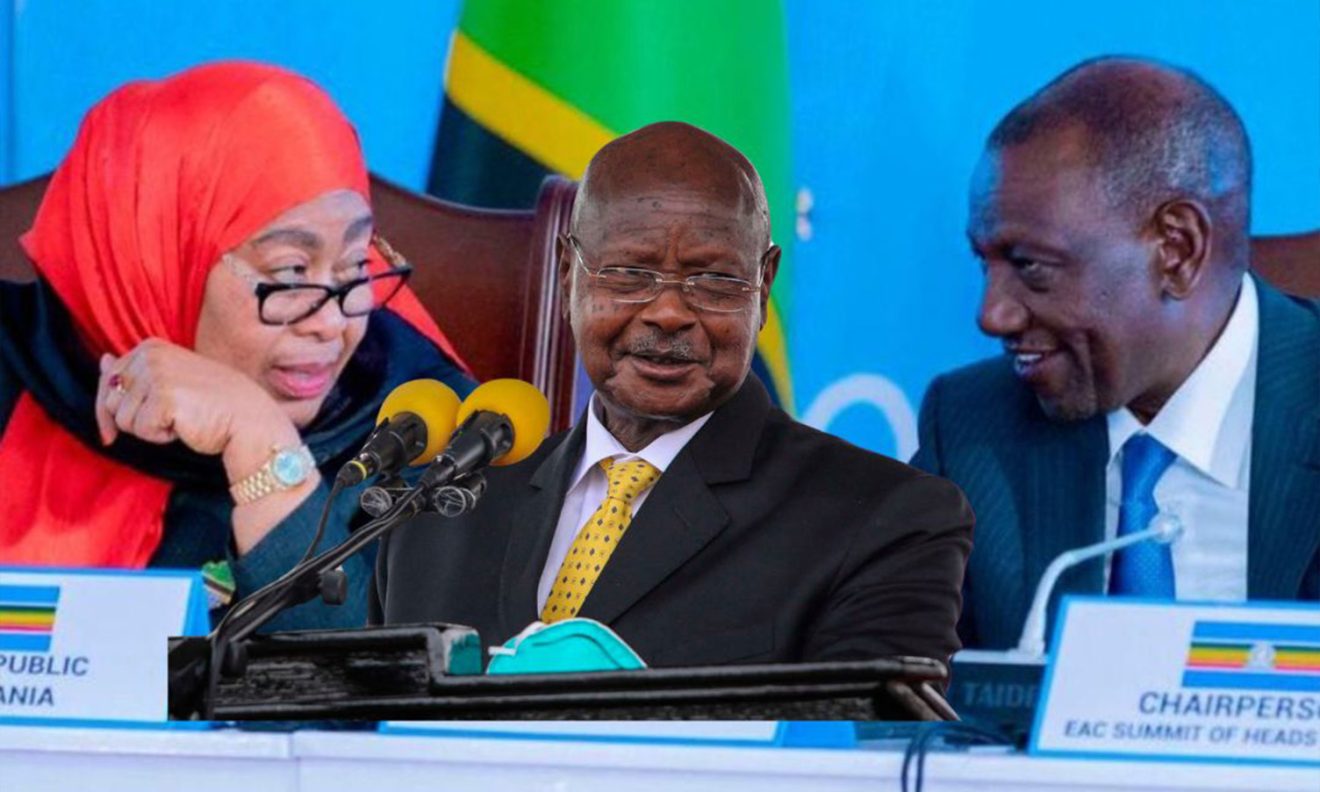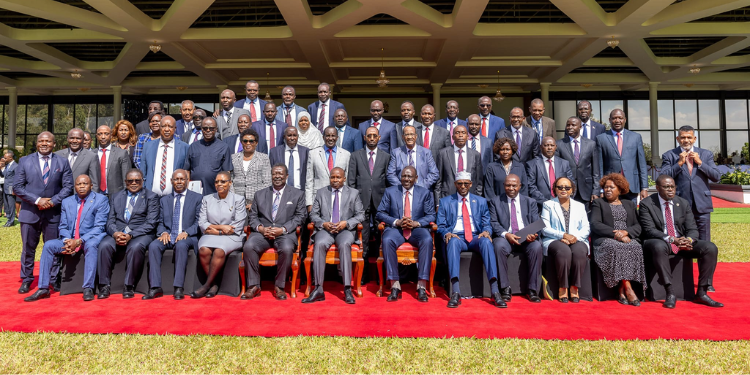Counties could receive part of the Road Maintenance Levy Fund (RMLF) under the Kenya Roads (Amendment) Bill, 2025.
The Bill, sponsored by Homa Bay Town Member of Parliament (MP) Peter Kaluma, seeks to restructure how Kenya manages its road network.
The Departmental Committee on Transport and Infrastructure, chaired by Ndia MP George Kariuki, was briefed on the Bill on August 12, 2025.
It is rooted in the principles of devolution and equitable development and seeks to align the Kenya Roads Act, Cap. 408 with the Constitution of Kenya, 2010, specifically paragraph 5(a) of Part 2 of the Fourth schedule.
The Bill amends Section 6 of the Kenya Roads Board Act, Cap. 408A, to re-apportion the RMLF.
New allocations include 5% of RMLF funds to county governments under Article 202(2).
It also adjusts the national agencies’ shares by reducing the National Highways Authority’s allocation from 40% to 36%
For Accountability and Oversight, the County governments must designate a roads department, maintain a special account at the Central Bank, submit an annual roads programme and comply with national standards.
Court Ruling on Road Maintenance Levy Fund
The Bill is a direct response to the judgment in High Court Petition No. E423 of 2024, Council of Governors and 4 others vs. National Assembly and 8 others.
On June 5th, 2025, Justice Lawrence Mugambi ruled that excluding county governments from the Road Maintenance Levy Fund (RMLF) was unconstitutional.
The court found that such exclusion violated Article 186 and Part I of the Fourth Schedule of the Constitution, undermining the spirit of devolution.
Also Read: Mbadi Clarifies Fuel Price Hike and Alleged Ksh7 Additional Levy
Classification of Roads
The Bill introduces a clear classification of public roads into National trunk roads, managed by the national government, and County roads, managed by county governments.
This classification is intended to remove ambiguity in road responsibilities and improve planning, maintenance, and development across all 47 counties.
Notable Amendments
Some of the key amendments are in the definition and classification of roads.
‘National road’ is replaced with ‘national trunk roads’, and ‘county roads’ is introduced.
Section 47 is repealed and replaced to vest the classification power in the Cabinet Secretary, while mandating a five-year review cycle.
Further, a new Section 47A sets out the detailed functions of county governments in managing county roads, including development, rehabilitation, traffic safety, and adherence to national Standards.
Also Read: Govt Breaks Down How Fuel Levy Billions Were Shared Among 47 Counties
Section 47B introduces mandatory signage on roads, with strict penalties for politicization, like using personal names or images.
An Overhaul of Road Classifications has the First Schedule repealed and replaced with a function-based classification, categorizing roads as national or county, and further sub-classifying them based on purpose, e.g. urban collectors, special-purpose roads, inter-ward links.
Kenya Roads Board Powers
The Kenya Roads Board gains expanded powers to monitor and ensure compliance and take remedial action where necessary.
The committee observed that the Kenya Roads (Amendment) Bill, 2025 is more than just a legislative adjustment—it is a constitutional correction and a devolution enabler.
By legally recognizing the distinct roles of both levels of government and ensuring equitable funding, the Bill seeks to promote accountability, transparency, and balanced infrastructural development across the country.
Follow our WhatsApp Channel and X Account for real-time news updates.







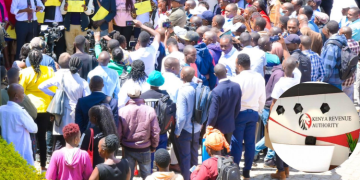









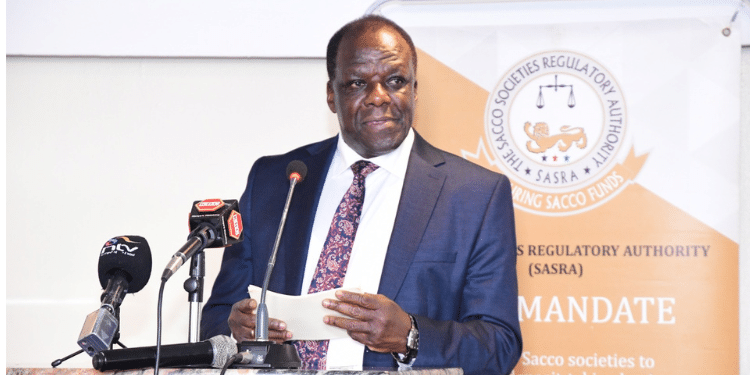










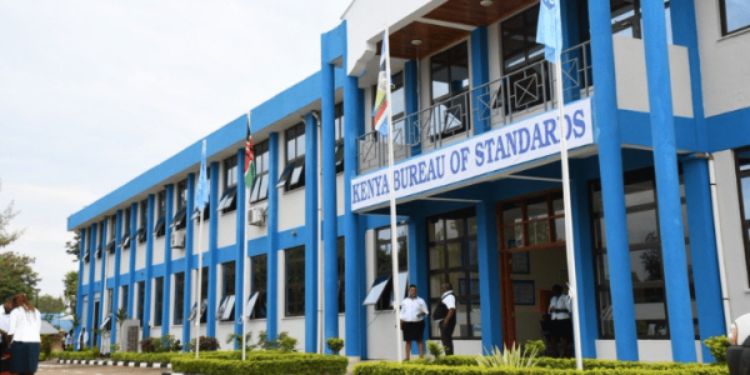
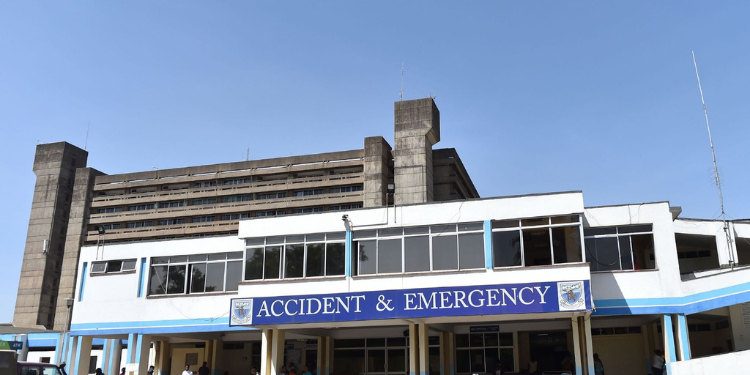


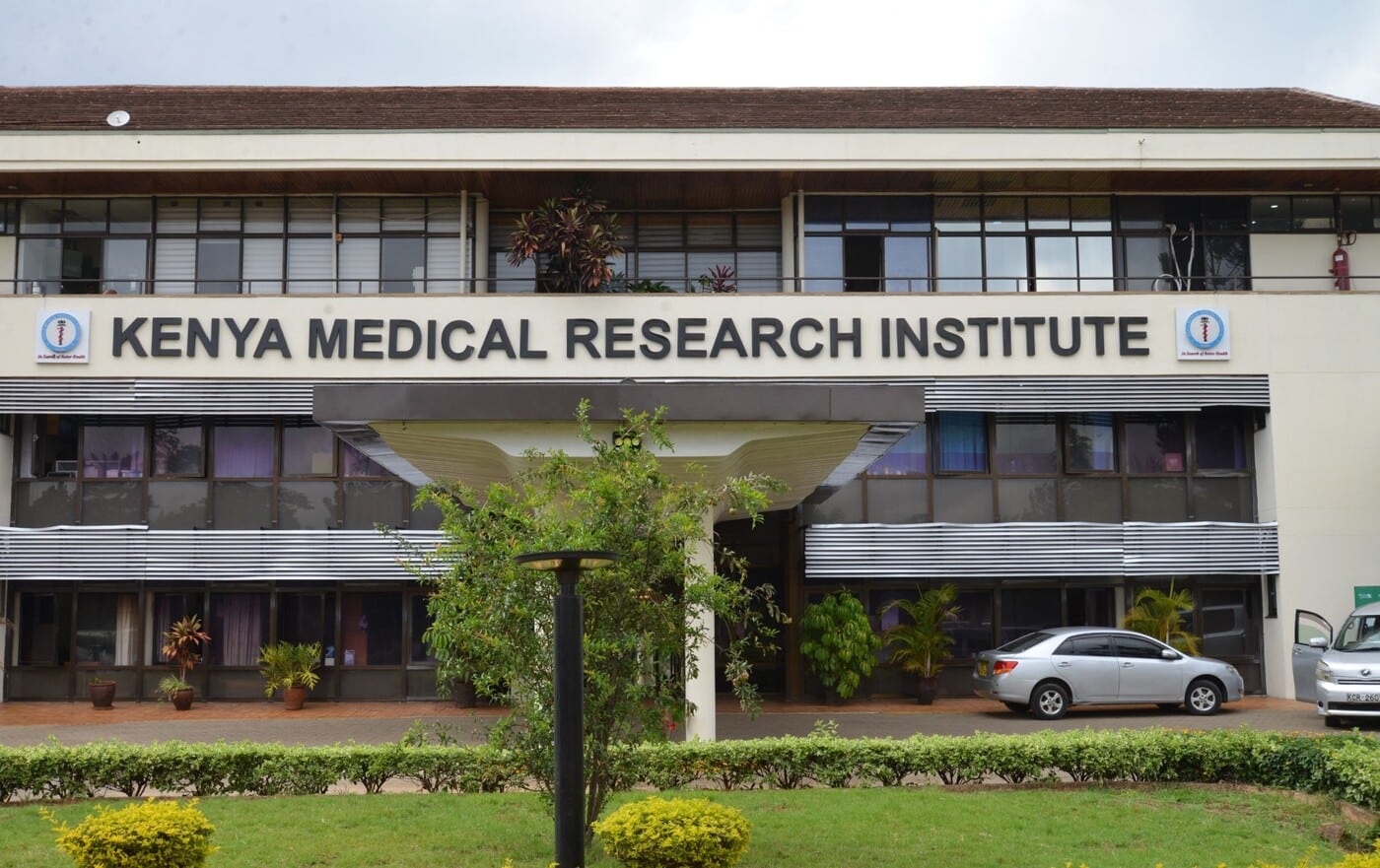






















![Senator Allan Chesang And Chanelle Kittony Wed In A Colourful Ceremony [Photos] Trans Nzoia Senator Allan Chesang With Channelle Kittony/Oscar Sudi]( https://thekenyatimescdn-ese7d3e7ghdnbfa9.z01.azurefd.net/prodimages/uploads/2025/11/Trans-Nzoia-Senator-Allan-Chesang-with-Channelle-KittonyOscar-Sudi-360x180.png)











